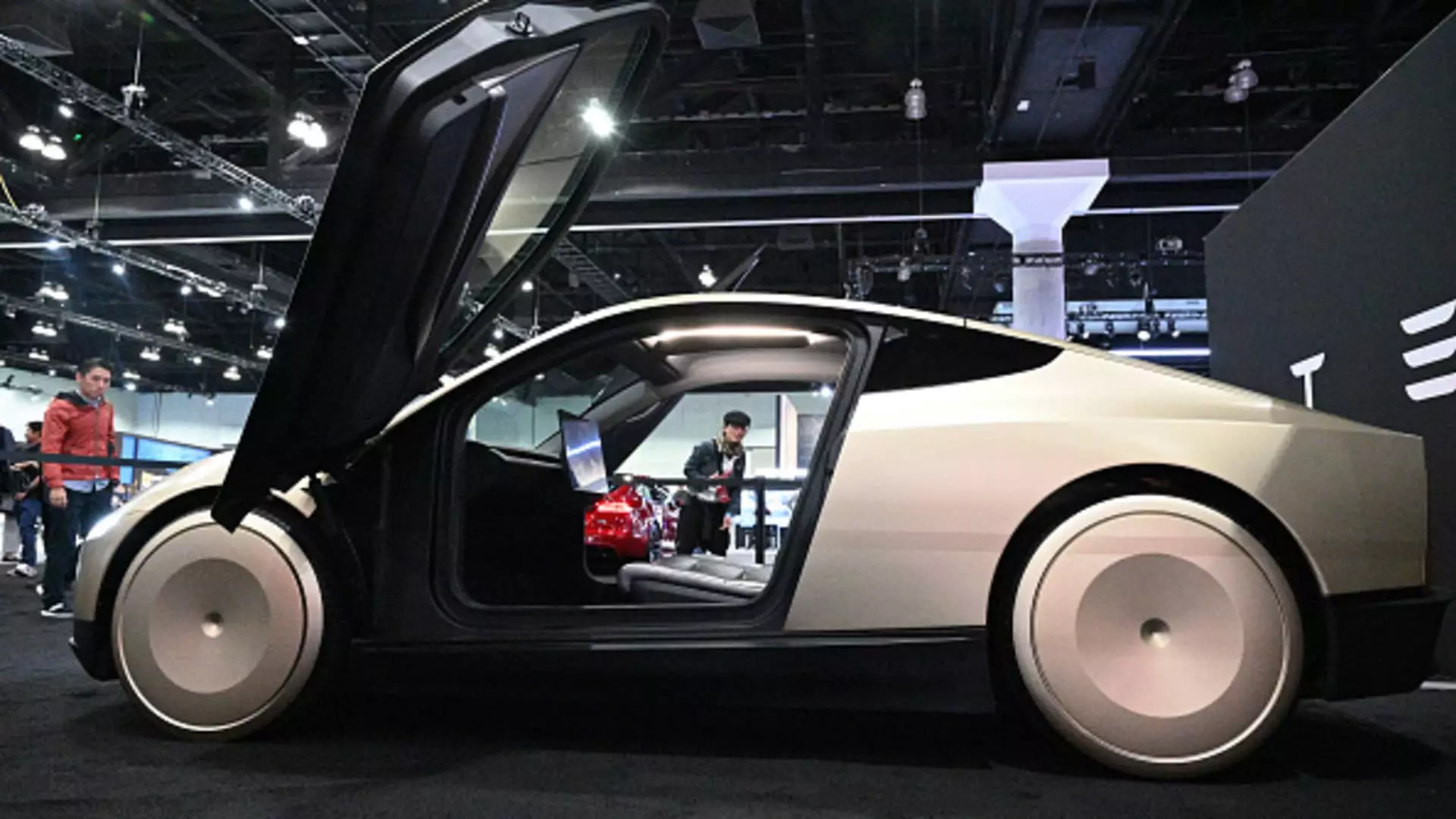California has long been regarded as a hotbed for technological innovation, particularly in the realm of transportation. Now, as the state’s Department of Motor Vehicles (DMV) prepares to unveil a set of comprehensive regulations for autonomous vehicles, the implications extend far beyond mere compliance. These new rules are poised to redefine the landscape for self-driving vehicles, and their potential impact is enormous, not just for the tech companies involved but for public safety and consumer trust.
The proposed regulations, which span from the deployment of light-duty robotaxis to heavy-duty driverless trucks, signal a groundbreaking effort to balance innovation with responsibility. This is essentially California’s way of asserting its dominance in the autonomous vehicle race, ensuring that we stimulate technological advancements while prioritizing safety. The DMV’s commitment to transparency is commendable; by actively seeking public input, it acknowledges the broad societal impact of these vehicles.
Bridging Innovation and Safety
Despite the excitement that surrounds autonomous vehicles, the urgency for stringent regulations cannot be overstated. With companies like Waymo and Zoox already pushing forward and establishing operational services in major urban areas, the absence of robust oversight could lead to catastrophic outcomes. The California DMV’s approach—to grant differentiated permits based on safety evaluation—establishes a crucial precedent. This tiered permitting system requires manufacturers to first demonstrate the safety of their technology with human safety drivers before even considering complete autonomy.
It is essential to understand that technological progress doesn’t exist in a vacuum. The criticisms that companies like Tesla have faced over their marketing tactics reflect broader ethical concerns. Tesla’s ambitious projections around self-driving capabilities have not yet materialized in a manner that guarantees safety without human intervention, raising questions about corporate responsibility in the face of public safety. This introduces the complex relationship between innovation and accountability—one that the California DMV is now consciously navigating.
Regulatory Landscape Shifts Amid Competitive Pressures
The competitive environment among autonomous vehicle manufacturers is fierce. Tesla, with its influential brand and engineering prowess, has yet to secure the necessary permits that would allow it to operate driverless cars in California. Meanwhile, competitors like Waymo are already setting the standard for driverless operations. This raises the stakes significantly—not just for Tesla but for the industry as a whole. It’s a clear signal that the regulatory framework must evolve in tandem with the technology itself.
The DMV’s proposal to include distinct regulations for autonomous trucks marks a new frontier, ushering in an era where even the most substantial vehicles can traverse public roads without human oversight. This is a crucial step toward broader acceptance of autonomous technology but requires unwavering resolve from both developers and regulators to ensure that safety is non-negotiable.
The Role of Public Engagement and Data Transparency
A striking feature of the DMV’s new initiative is its call for public comments over a substantial engagement period. By allowing citizens to express their views, the DMV promotes an often-overlooked aspect of governance: public accountability. The success of autonomous vehicles largely hinges on public trust, and fostering a dialog about these regulations may help to alleviate concerns that consumers have about safety and privacy.
Additionally, the push for better data-reporting requirements for AV manufacturers reflects an understanding that transparency is vital in an era where public skepticism often undermines rapid technological change. However, the recent relaxation by the National Highway Traffic Safety Administration regarding collision data reporting points to the inherent contradictions in federal oversight—while the states like California are proactively seeking to tighten regulations, federal bodies seem to be loosening their grip. This inconsistency can breed confusion and distrust.
Regulatory bodies must stand firm in their commitment to safety, holding manufacturers accountable through rigorous standards that mirror advancements in technology. This not only ensures consumer protection but also cultivates an atmosphere conducive to innovation that respects public safety.
The road ahead for self-driving vehicles in California is filled with opportunities and challenges alike. As the state rolls out these new regulations, the balance between fostering innovation and ensuring public trust has never been more critical. The decisions made in the coming months will have lasting ramifications, shaping the future of transportation for generations to come.

